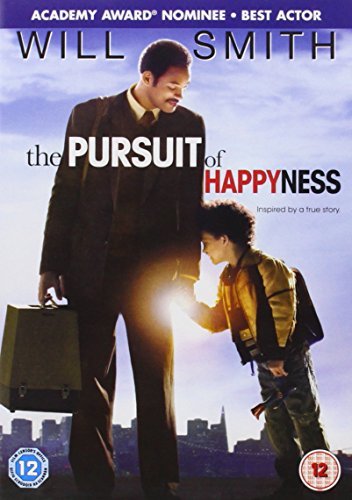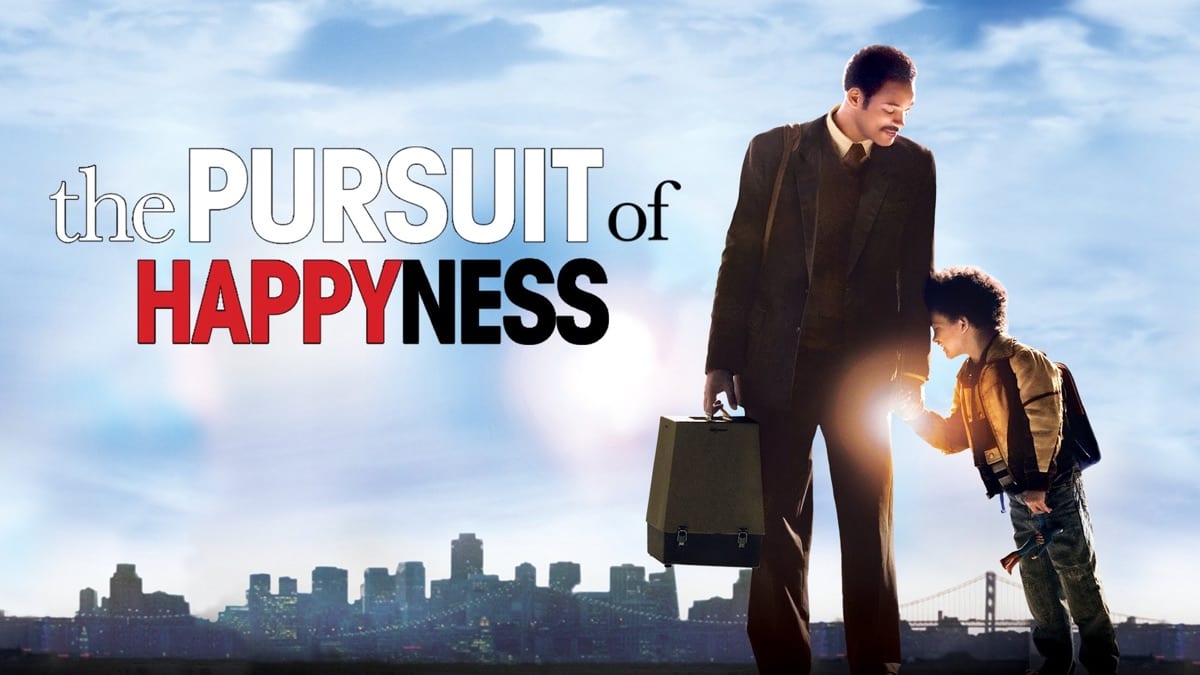

Thus, while the film centers on the theme of “pursuit of happiness,” this paper shows that the film distorts the concept of happiness to represent the orientation of earthly goods through which our reality revolves around. Although real-life events inform the film’s production, this paper shows that the American Dream (which the film centers on) has been highly exaggerated to create a make-believe reality that does not mirror the true struggles of the ordinary American person. The pursuit of Happiness is a 2006 film that exemplifies this fact.

Its extremes in doing so have bordered on creating a make-believe society where episodes of epic fantasies depict realism. The media have especially been at the forefront of propelling this culture.

It is therefore unsurprising for Trentmann (2007) to say that politics and consumerism have found a new platform to associate – through the lens of “citizen-consumer” relationships. For example, economic, social, and political dynamics of the society disintegrate in an endless web of consumerism. The culture of consumerism has infiltrated different aspects of society. The significance of consumerism in today’s society largely traces to its association with mass culture. Stuart (1999) associates this trend with the genesis of style by saying that symbolic democratization has propelled a culture of distinction and elegance. Since the early 1920s and 1930s, America has been plagued with an ever-domineering culture of consumerism (Strinati, 1995).


 0 kommentar(er)
0 kommentar(er)
